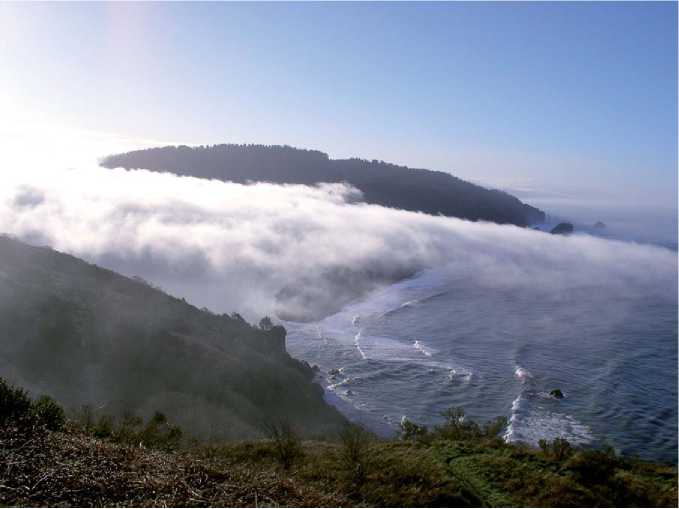In some countries the archaeological aspects of EIA are performed by governmental cultural ministries or by nongovernmental cultural heritage organizations. In others they are conducted by the same academic institutions and museums that may carry out other kinds of archaeological research. Very often, however, archaeologists are employed by private companies or governmental bodies that specialize in environmental impact work, either for profit or on a nonprofit basis. Archaeologists working in such an organization do little or no teaching or pure research, and they must learn to do things that they would not always need to do if employed in academia or a research institution. They must learn to work in teams with other scientists, and often must take on nonarchaeological responsibilities themselves. It is not uncommon for archaeologists to be involved in assessing not only impacts on archaeological sites, but also impacts on historic buildings, culturally valued landscapes, and places of traditional cultural importance to living indigenous and other communities. They may find themselves conducting ethnographic studies and consulting with such communities to learn their concerns about the project and to explore ways of addressing them. They may have to become expert in doing historical research, examinations of historic architecture, or studies of traditional ways of life. EIA archaeologists also need to become at least somewhat familiar with the laws, regulations, and government policies under which their work is funded and conducted, and to understand something of the political, economic, and business realities surrounding the projects whose impacts they study (Figure 5). They need to learn enough about relevant aspects of engineering and planning to be able to communicate with those designing the project and get their help in finding alternatives that lessen impacts. As an archaeologist assumes higher and higher levels of responsibility in an EIA organization, he or she needs to learn about how to prepare and manage budgets and payrolls, how to hire, dismiss, and supervise staff, how to write and review planning documents, and sometimes how to oversee quite large, diverse groups of people using expensive and sometimes dangerous equipment. Some archaeologists have come to specialize in work dealing with hazardous environments, wearing protective clothing and working with experts to minimize exposure to toxic wastes or injury from unexploded ordnance.
Archaeologists doing EIA work must also learn to refrain from electing to excavate sites when there are viable and perhaps less costly alternative ways to

Figure 5 EIA archaeologists must be sensitive to the cultural importance of natural places. Rivers like this one (the Klamath in Northern California, USA) are significant to indigenous groups not only because of the role their fish play in the economy, but because of their centrality in traditional culture. Photo by the author and Klamath River Intertribal Fish and Water Commission.
Manage them - for example, through redesign of a project to protect a site in place, sometimes burying it so deeply that it is unlikely to be seen again for thousands of years. They need to learn to deal with real-world conflicts between archaeological and other interests - not only the interests of project proponents and governments, but such interests as those of local people in their own cultural heritage.




 World History
World History
![The Battle of Britain [History of the Second World War 9]](/uploads/posts/2015-05/1432582012_1425485761_part-9.jpeg)








